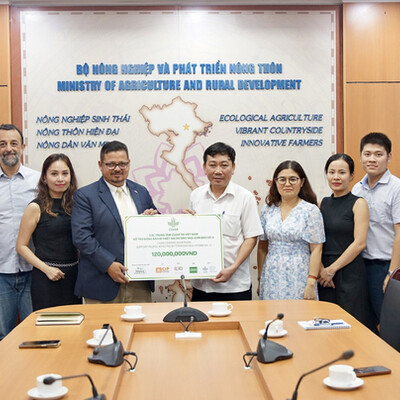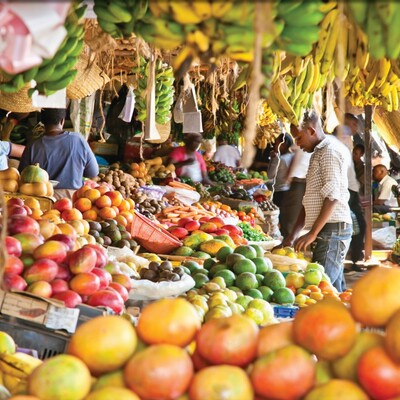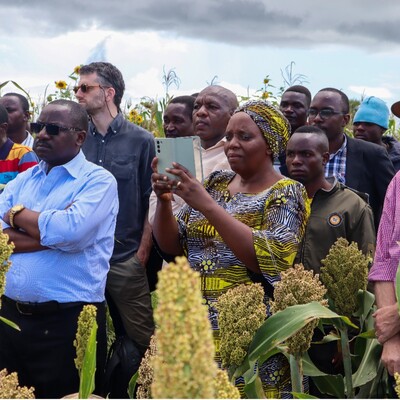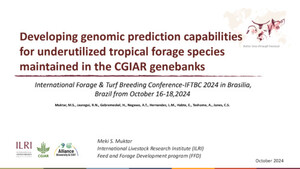
Using choice experiments: Facilitating priority setting in provision of animal health services
The livestock sector is one of the drivers of poverty reduction in developing countries owing to its contribution to agricultural employment, its role in the economic welfare of rural families as well as the nutritional importance of food products of animal origin. Consequently, increasing livestock productivity and production is one of the major means of improving the livelihoods of poor livestock keepers, reducing poverty, and attaining food security.
Livestock development in Africa is, however, seriously constrained by animal diseases, with major economic, nutritional, and health consequences. For farmers and especially the poorest ones, animal health services, especially for the poorest farmers, is generally not accessible and of poor quality. Dairy hubs (organised, farmer-owned collective marketing systems) are initiatives that work towards enhancing farmer access to milk markets and dairy related services (including animal health services) in East Africa.
This Tropentag 2014 conference poster shares findings of a choice experiment using a multi-attribute preference eliciting method to identify preferences for adopting animal health services in the dairy hubs in Kenya. This study sought to provide a better understanding of farmer decision-making when faced with animal health service choices.
Using choice experiments: Facilitating priority setting in provision of animal health services from ILRI
This week, ILRI staff are participating in the Tropentag 2014 International Conference in Prague (17-19 September 2014). There is also a dedicated ‘ILRI@40’ side event on ‘Livestock-based options for sustainable food and nutritional security and healthy lives.’ See all the posters.















